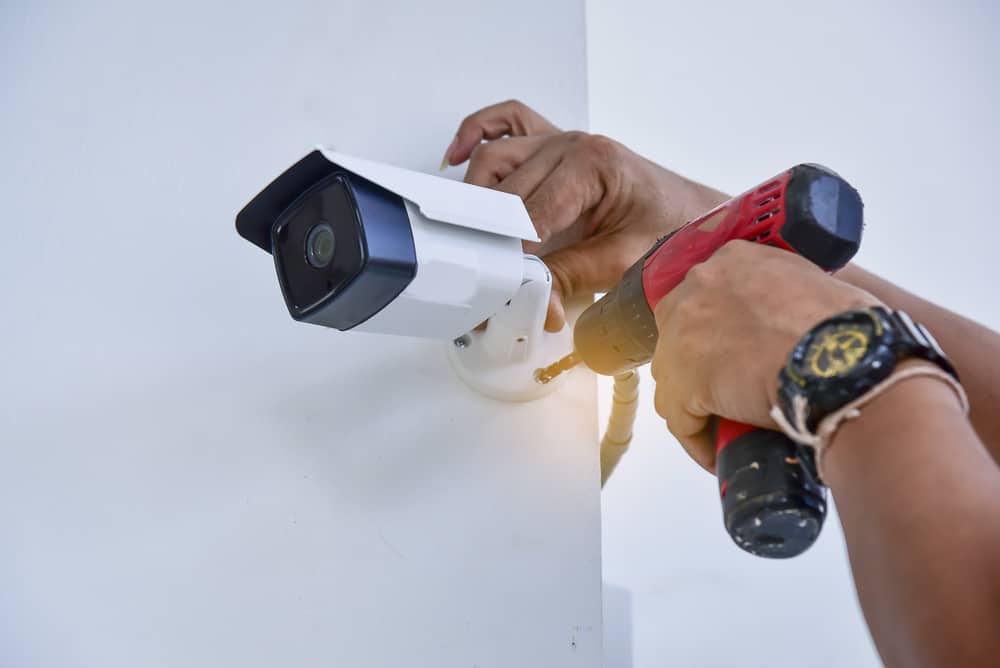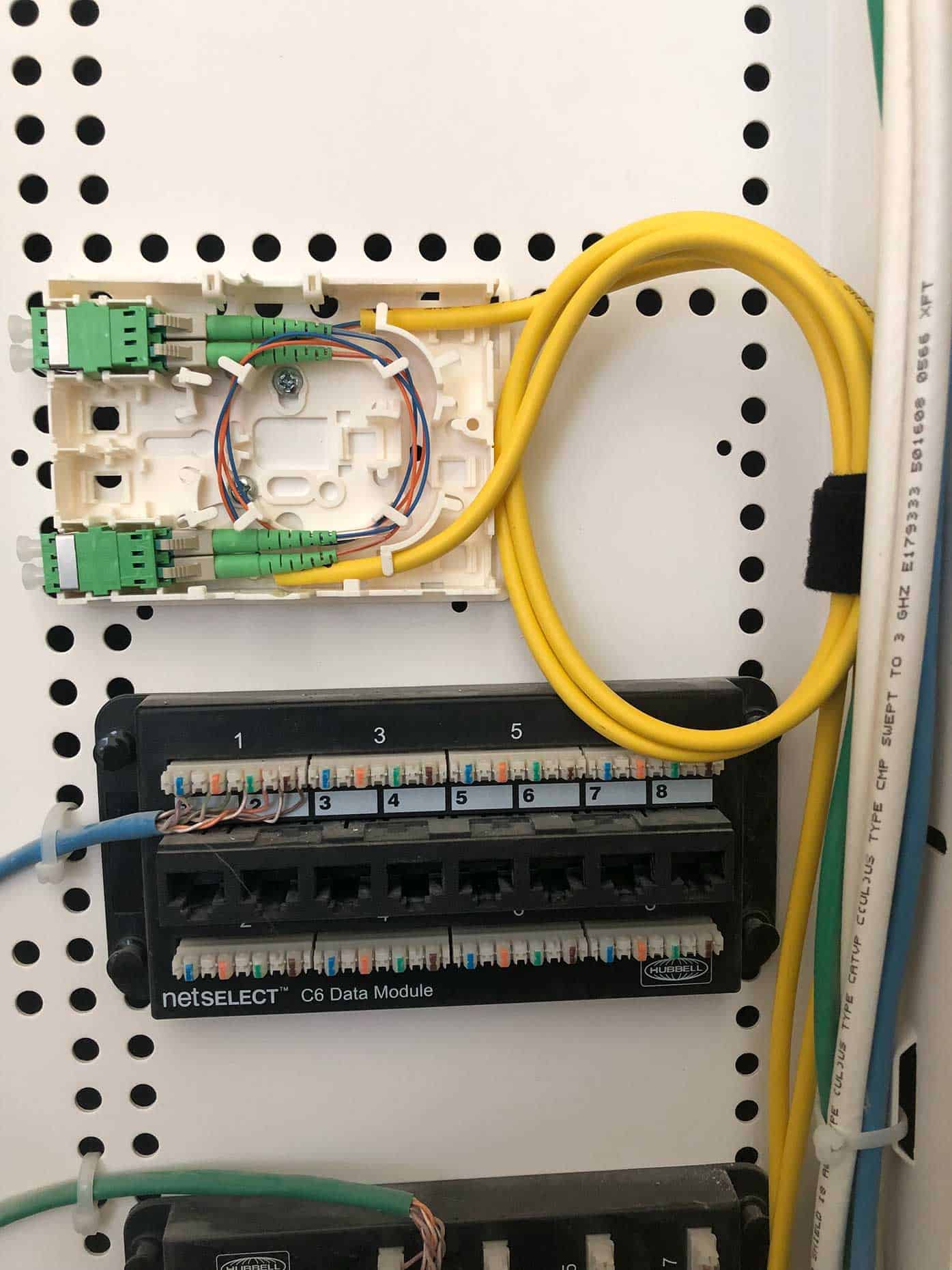A detailed comparison by Quantum Communications, the leaders in advanced networking solutions.
Understanding the Basics of Fiber Optic Cabling
Fiber Optic Cabling, also known as optical fiber technology, has emerged as a dominant force in the world of data transmission. At its core, fiber optic cabling uses thin strands of glass or plastic fibers to transmit data. These fibers are as thin as human hair and are bundled together in protective casings.
Light signals, representing data, travel through these fibers. This light-based transmission offers unparalleled speed and clarity, making fiber optic cabling the go-to choice for many modern computer networking applications. Especially when high-speed data transfer rates and reliable long-distance communication are paramount.
The Traditional Powerhouse: Copper Cabling
Before fiber optic technology revolutionized the data transmission arena, copper cabling held the reins. Copper cables, built with twisted pairs of copper wire, have been the staple in computer networking for numerous decades. By using electrical signals for data transfer, copper cabling established itself as a reliable and efficient medium.
However, while copper cabling does have its advantages, including lower initial installation costs and a well-established familiarity in many existing systems, it comes with its set of limitations. Especially when compared against the capabilities of fiber optic technology in terms of speed, distance, and interference.
The Benefits of Fiber Optic Cabling
The momentum shift towards fiber optic Cabling in the realm of computer networking is driven by the manifold benefits it offers. One of the standout advantages is speed. Fiber Optic transmissions are faster and can maintain that speed even as the demand on the network increases. This makes them ideal for applications where high bandwidth is crucial.
Furthermore, distance and signal strength go hand in hand with fiber optics. Unlike traditional copper cables, which often suffer signal degradation over extended distances, fiber optic cables can transmit data seamlessly over vast stretches without losing signal quality. Add to this the enhanced security and robust durability against external interferences, and it becomes evident why many enterprises are shifting to fiber optics.

When Copper Cabling Makes Sense
Copper cabling, despite facing stiff competition from fiber optics, still holds ground in certain scenarios. For instance, copper can be more cost-effective when dealing with short-distance communications while providing commendable speed. It’s sometimes about something other than the absolute fastest but what’s efficient and appropriate for the given requirement.
Legacy systems present another scenario where copper has its stronghold. Transitioning an entire system to a new cabling infrastructure can be costly and complex. In cases where older systems are already entrenched in copper and there are budgetary constraints or compatibility concerns, continuing with copper might be the most pragmatic choice. Furthermore, in some geographical areas where fiber optic infrastructure is still making inroads, copper remains the only accessible and feasible option.
Making the Right Choice for Your Network Needs
There is no one-size-fits-all answer in the Fiber Optic vs. Copper Cabling debate. The best choice often hinges on the specific requirements of the project at hand. Factors such as the desired data transmission speed, the physical distance over which this data needs to travel, and available budget play pivotal roles in the decision-making process.
But it’s not just about the here and now. Future scalability and potential system expansions are crucial aspects to consider. While fiber optic is the superior choice from a technical standpoint, understanding and aligning with your computer networking system’s specific needs and future growth trajectories are paramount. This ensures not just optimal performance today but also flexibility for tomorrow.
Trust Quantum Communications for Expert Guidance
In the ever-evolving landscape of computer networking, making the right infrastructure decisions can be a daunting task. Whether you’re gravitating towards the advanced capabilities of fiber optic cabling or weighing the practicalities of Copper Cabling, expert guidance can make all the difference. That’s where Quantum Communications steps in.
With a rich legacy and deep-rooted expertise in the computer networking domain, Quantum Communications is perfectly positioned to offer insights tailored to your unique requirements. We go beyond just offering solutions; we partner with you to ensure that the chosen cabling infrastructure meets and exceeds expectations, delivering optimal network performance and efficiency. Engage with us and explore the best-fit cabling solutions for your enterprise’s present and future needs.






